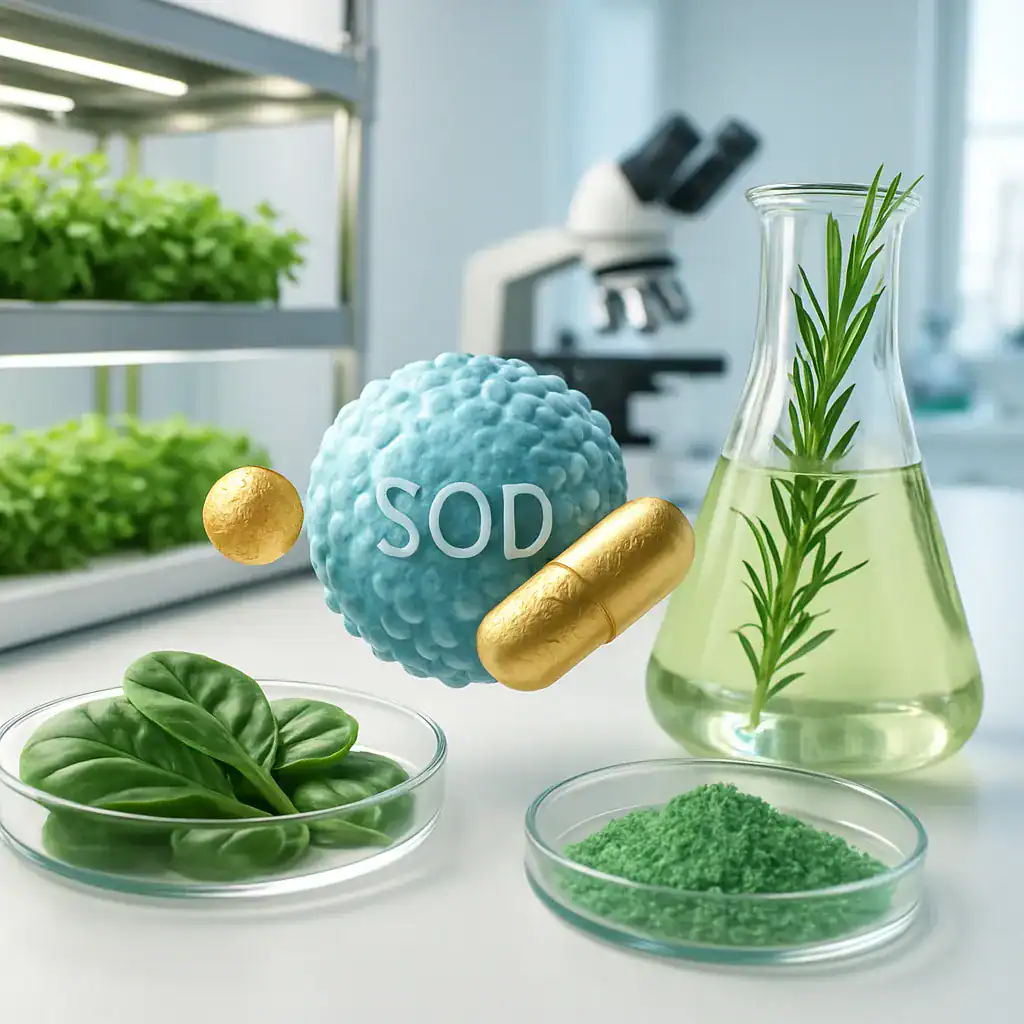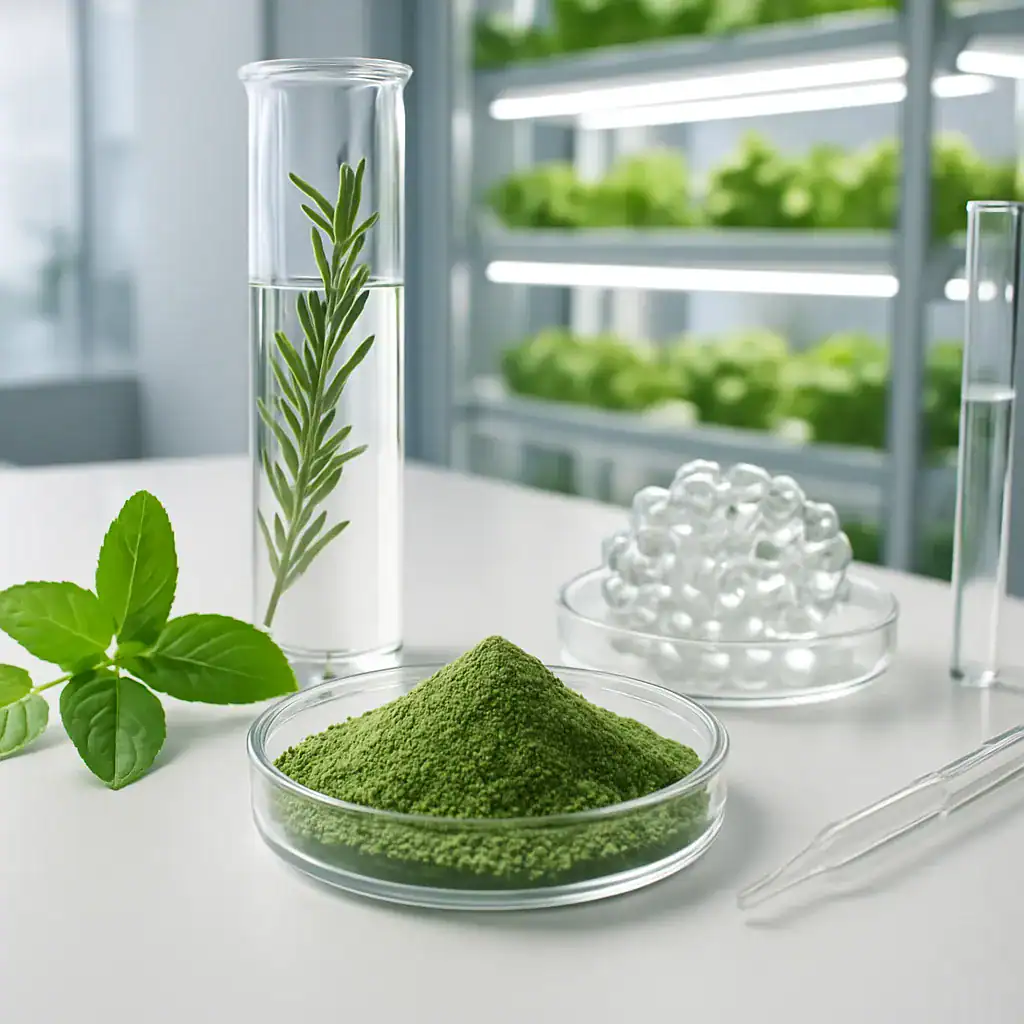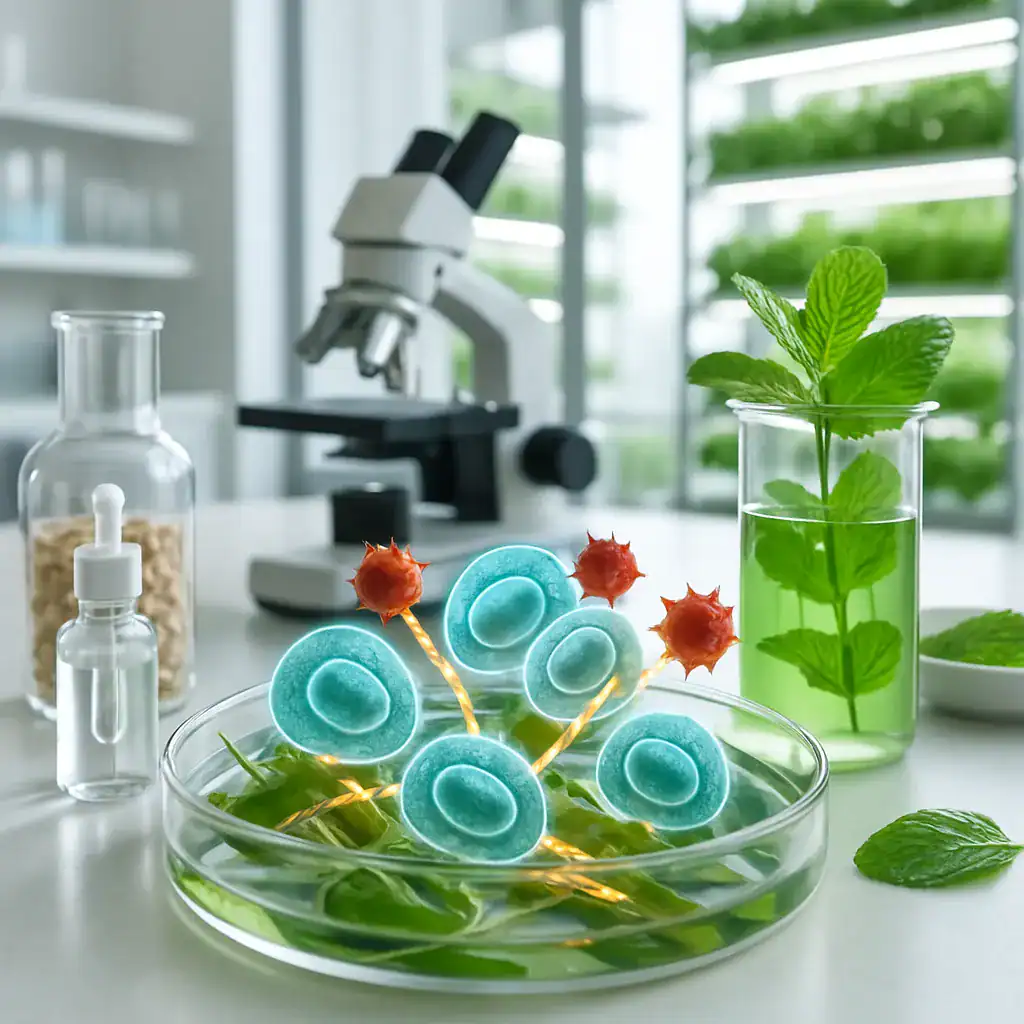Vertical Farming’s Impact on the Quality of Herbal Extracts
Understanding the Risks of Heavy Metals in Herbal Products
In the world of nutraceuticals and natural health products, purity is paramount. Yet one of the most significant challenges facing the industry today is metal contamination in herbs. This invisible threat can compromise not only product quality but also consumer safety, making it a critical concern for manufacturers and health professionals alike.
You’ve likely encountered patients who use herbal supplements as part of their wellness regimen, trusting in their natural origins. But have you considered that these seemingly pure botanicals might harbor potentially harmful heavy metals? Understanding this issue is essential for anyone working with plant-based health solutions.
Metal contamination occurs when herbs absorb heavy metals from soil, water, or air during cultivation. These contaminants—including lead, cadmium, arsenic, and mercury—can accumulate in plant tissues and ultimately find their way into herbal preparations and supplements. Unlike biological contaminants that might be eliminated through processing, heavy metals persist throughout production, posing long-term health risks to consumers.
The significance of this issue extends beyond regulatory compliance. These contaminants can directly interfere with the therapeutic properties of bioactive compounds, potentially negating the health benefits these products are designed to deliver. That’s why addressing metal contamination is not just about safety—it’s about preserving the efficacy and integrity of natural health solutions.
Sources of Metal Contamination and Their Impact on Herbal Quality
Environmental Factors in Contamination
When you recommend herbs or botanical supplements to your clients, you’re likely focusing on their beneficial properties. But have you ever considered where these plants were grown? Environmental conditions play a crucial role in determining contamination levels.
Herbs grown near industrial areas, highways, or in regions with historical mining activity are particularly susceptible to absorbing heavy metals. Soil composition, irrigation water quality, and atmospheric pollution all contribute to contamination profiles that vary widely across growing regions. For instance, plants cultivated in areas with high natural arsenic levels in soil or groundwater may accumulate this metal regardless of organic farming practices.
The uptake mechanisms are fascinating but concerning: certain herbs are hyperaccumulators, meaning they have an extraordinary ability to absorb heavy metals from their environment. This biological trait, which evolved as a defense mechanism against herbivores, now poses challenges in our quest for pure botanical ingredients.
Processing and Manufacturing Considerations
But that’s clear—environmental exposure is just the beginning. The journey from field to finished product introduces additional contamination risks. Traditional methods of drying herbs, particularly over open fires or in environments with unfiltered air, can introduce metals like lead. Processing equipment, especially older machinery with metal components, may leach contaminants into the product during grinding or extraction.
Even packaging can introduce metals into otherwise clean products. Improper storage conditions may exacerbate these issues, as moisture can accelerate the migration of metals from containers into the product.
Health Implications of Metal Exposure
You’ve undoubtedly seen clients who consume herbal supplements daily for years. But have you considered the cumulative effect of even low-level metal exposure over time?
Heavy metals like cadmium can accumulate in the kidneys, lead can affect neurological development, mercury can damage the nervous system, and arsenic has been linked to various cancers. What makes these contaminants particularly insidious is their ability to build up in body tissues faster than they can be eliminated, creating a progressive toxic burden.
For certain populations—pregnant women, children, the elderly, and those with compromised liver or kidney function—these risks are amplified. Even levels considered “safe” for the general population may pose significant risks to these vulnerable groups.
Advanced Solutions for Metal-Free Herbal Products
The Vertical Farming Revolution in Quality Control
That’s where innovative approaches like vertical farming come into play. You might have heard of vertical farming as a space-efficient cultivation method, but have you considered its remarkable potential for producing cleaner, metal-free herbs?
PhNóva’s Vertical Farming Botanics represents a significant advancement in addressing metal contamination. By creating controlled growing environments free from external pollution sources, vertical farming virtually eliminates the risk of environmental metal contamination. These systems utilize purified water, specialized growing media, and filtered air to create ideal conditions for producing herbs with minimal heavy metal content.
This controlled approach allows for precise monitoring of all inputs, ensuring that plants receive only what they need for optimal growth without unwanted contaminants. The result? Consistently pure botanical ingredients that meet the highest safety standards and deliver full therapeutic potential.
Bioactive Solutions for Neutralizing Metal Toxicity
But what about addressing the effects of metal exposure that has already occurred? This is where bioactive compounds like Superoxide Dismutase (SOD) become particularly valuable.
SOD is nature’s own antioxidant enzyme, serving as a primary defense against oxidative stress. Heavy metals generate harmful free radicals in the body, but SOD works to neutralize these compounds before they can cause cellular damage. By incorporating this powerful enzyme into formulations, it’s possible to not only provide the intended benefits of herbal supplements but also offer protection against potential metal contaminants that might be present in other dietary sources.
Innovative Detection and Quality Assurance
Advances in testing methodologies now allow for unprecedented precision in detecting metal contamination. Modern analytical techniques can identify contaminants at parts-per-billion levels, ensuring thorough quality control throughout the production process.
PhNóva’s commitment to excellence extends to rigorous testing protocols that exceed industry standards. Rather than simply meeting minimum regulatory requirements, their comprehensive approach includes screening for a broader range of potential contaminants at more stringent thresholds.
This dedication to purity doesn’t end with testing—it begins with careful supplier selection. By working closely with Italian suppliers who share this commitment to quality, PhNóva ensures that all raw materials are not only 100% natural but also free from chemical additives and heavy metal contamination from the very beginning.
The integration of these advanced methods—controlled cultivation, bioactive protection, and comprehensive testing—represents a holistic approach to addressing one of the most significant challenges in nutraceutical development. For health professionals and consumers alike, these innovations provide assurance that plant-based health solutions can deliver their intended benefits without the hidden risks of metal contamination.
Our Key Areas of Expertise

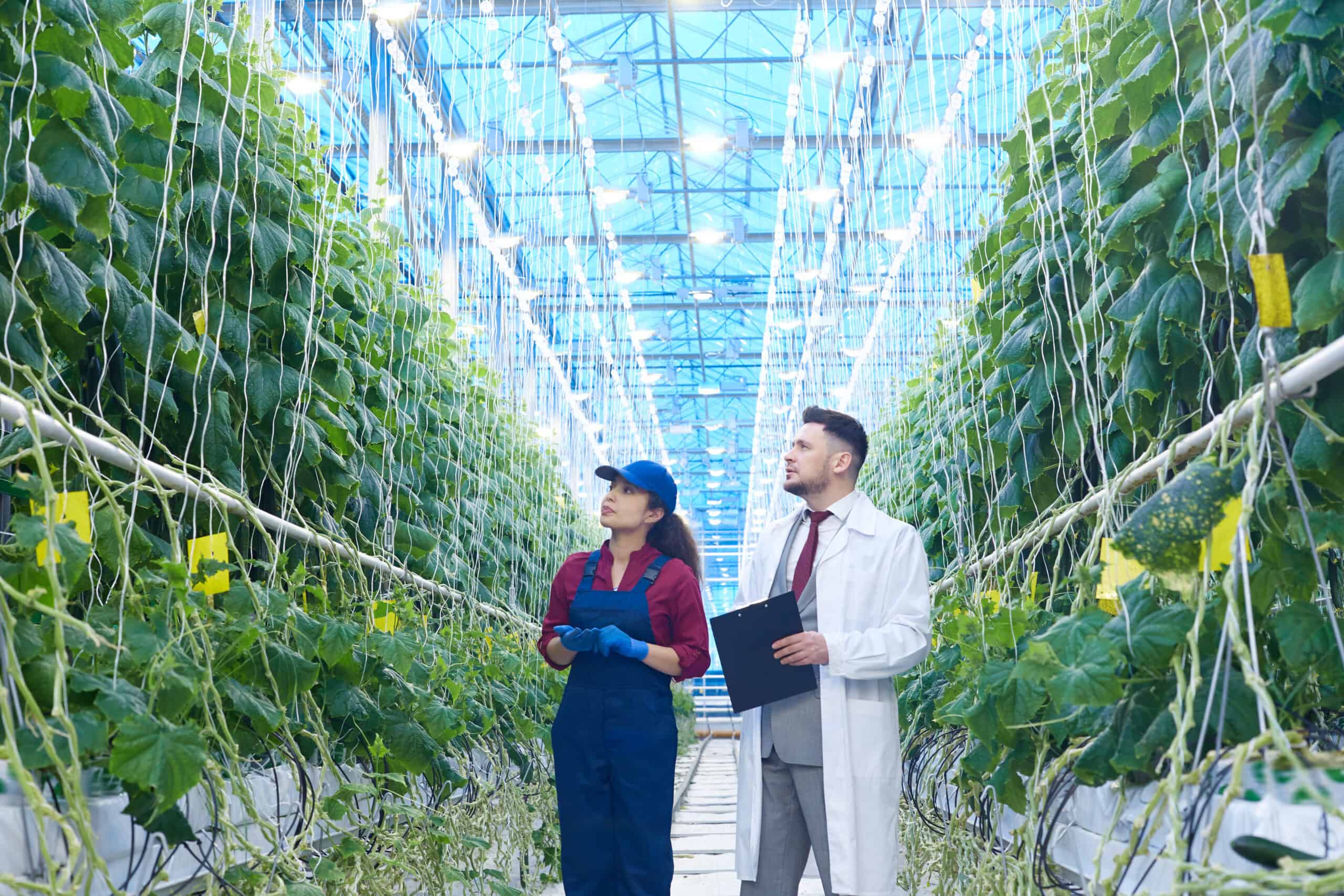
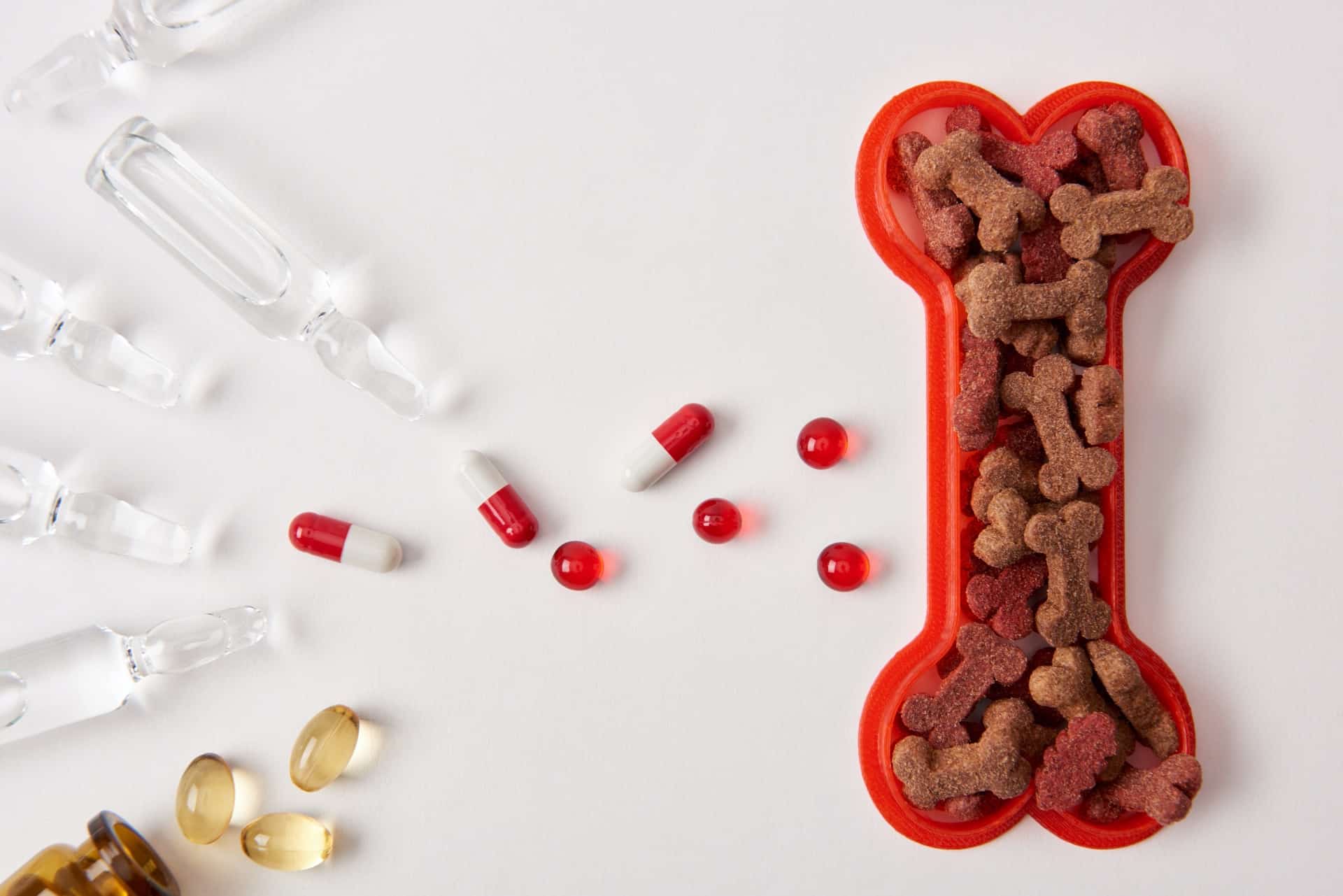
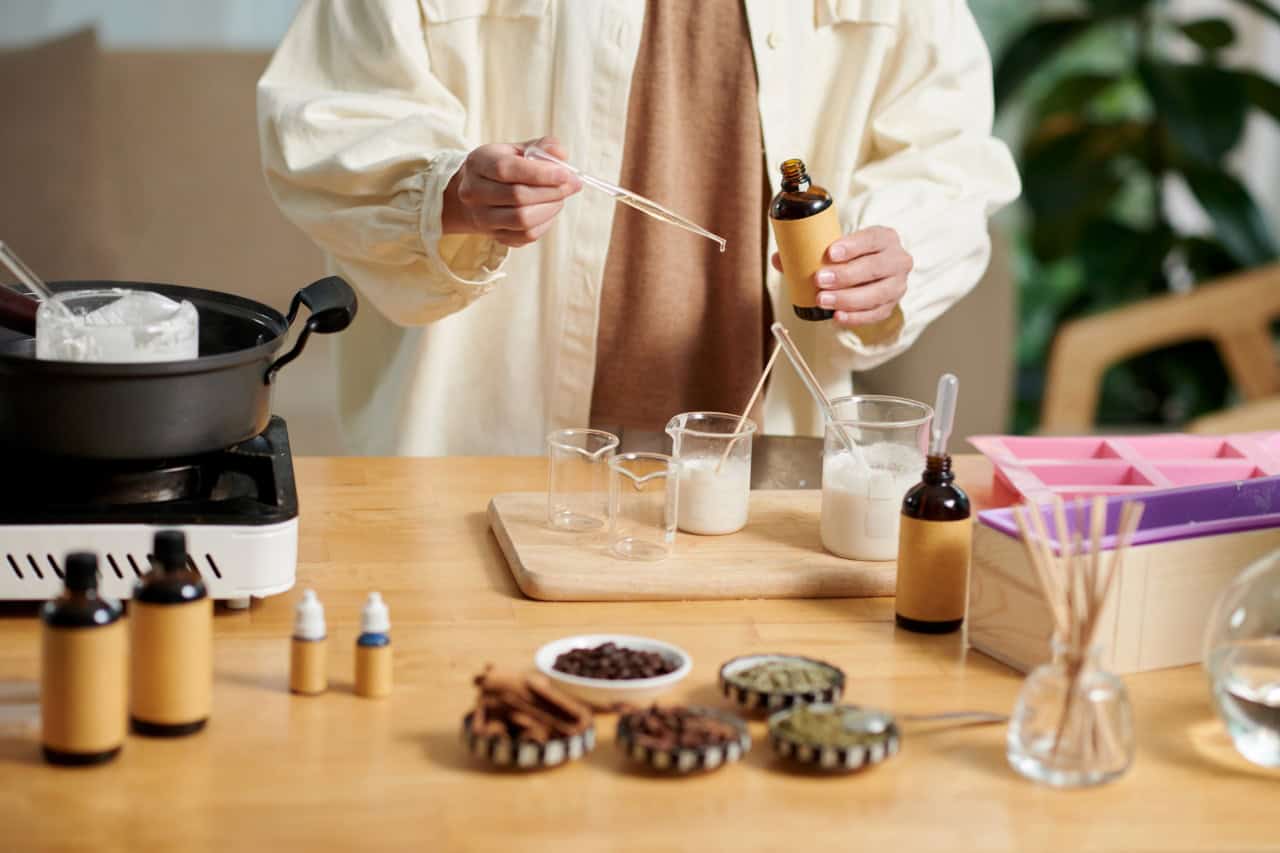
The Ripple Effect: How Metal Contamination Impacts the Entire Nutraceutical Supply Chain
Interconnected Cultivation and Production Challenges
When you consider the journey of herbal supplements from seed to shelf, metal contamination represents a challenge that reverberates through every stage of production. This isn’t merely an issue of final product testing—it requires a comprehensive approach that addresses multiple points of vulnerability.
Traditional herb cultivation practices often rely on open-field growing environments where plants are exposed to various environmental contaminants. You might be surprised to learn that even organic certification doesn’t necessarily guarantee low heavy metal content, as these standards primarily address pesticide usage rather than soil composition or atmospheric deposition of metals.
The processing phase introduces additional complexity. Many traditional herbal extraction methods actually concentrate certain metals along with the desired active compounds. Water-based extractions, for instance, can be particularly effective at pulling water-soluble metal compounds from plant material, sometimes increasing contamination levels in the final extract compared to the raw herb.
Consider how these challenges affect the following production stages:
• Harvesting: Timing and methods can influence metal accumulation • Drying: Temperature and duration affect metal migration within plant tissues • Extraction: Solvent choice impacts which metals are concentrated • Formulation: Interactions between ingredients can enhance or mitigate metal bioavailability • Packaging: Material selection can prevent or contribute to metal leaching
Advanced Bioavailability and the Metal Absorption Paradox
The nutraceutical industry’s push toward enhanced bioavailability creates an interesting paradox when it comes to metal contamination. Many of the same mechanisms that improve the absorption of beneficial compounds can similarly enhance the uptake of harmful metals.
Nanodelivery systems like those pioneered in PhNóva’s Exosomes-Nutra line represent a revolutionary approach to improving the efficacy of bioactive compounds. These plant-derived exosomes and extracellular vesicles excel at penetrating cellular barriers, enhancing absorption dramatically. Yet this same mechanism requires exceptional purity control, as any metal contaminants present would potentially benefit from the same enhanced delivery.
This is where production quality becomes doubly important. When you’re working with advanced delivery technologies, the purity standards must rise accordingly. The molecular encapsulation that makes these systems so effective at delivering beneficial compounds would provide no discrimination against toxic metals if they were present in the source material.
Metal Contamination and Sensory Experience: The Overlooked Connection
Beyond safety concerns, metal contamination directly impacts the sensory experience of nutraceutical products. You’ve likely encountered the characteristic metallic aftertaste in some supplements—this is often a direct result of metal content rather than simply the herb’s natural flavor profile.
Aroma enhancement and taste masking technologies, like those in PhNóva’s Aroma Neutra & Food range, become essential not just for consumer preference but as indirect indicators of product purity. These technologies must address both the inherent bitterness of many botanicals and any off-notes created by contaminants.
The relationship between metal content and sensory qualities works in both directions:
| Metal Type | Sensory Impact | Consumer Perception |
|---|---|---|
| Copper | Metallic, bitter aftertaste | Product seems “chemical” |
| Iron | Rusty, blood-like notes | Creates perception of impurity |
| Zinc | Astringent mouthfeel | Reduces compliance and repeat usage |
| Aluminum | Drying sensation on palate | Diminishes overall experience |
The Oxidative Connection: Metals as Catalysts for Degradation
What many supplement users don’t realize is that metal contamination doesn’t just present direct toxicity concerns—it actively accelerates the degradation of the very compounds they’re seeking to benefit from. Heavy metals serve as powerful catalysts for oxidative reactions, essentially sparking chain reactions that break down delicate bioactive molecules.
This oxidative connection is particularly relevant when considering supplements focused on antioxidant protection. The presence of even trace amounts of transition metals like iron or copper can dramatically reduce shelf-life and efficacy through a process called metal-catalyzed oxidation.
Superoxide dismutase (SOD) supplementation becomes especially valuable in this context. Beyond its direct benefits for neutralizing free radicals in the body, SOD helps protect other compounds in the formula from oxidative damage catalyzed by any residual metals. Its presence creates a protective environment that preserves the integrity of other bioactives.
Sustainable Solutions: Vertical Farming as Environmental Remediation
The adoption of vertical farming for botanical production represents more than just a quality control measure—it’s an environmental solution with cascading benefits throughout the supply chain.
When you move herb production indoors into controlled environments, you eliminate the need for extensive soil remediation efforts that traditional farms might require. Many agricultural regions worldwide have accumulated heavy metals from decades or even centuries of industrial activities, making truly clean cultivation increasingly difficult.
Vertical farming systems create what might be considered “pharmaceutical-grade” growing conditions where:
• Water is purified before reaching plants • Growing media is precisely formulated without contaminants • Air filtration removes airborne metal particulates • Light spectrums are optimized for desired plant compounds • Temperature and humidity are maintained at ideal levels
This controlled approach not only produces cleaner herbs but does so with significantly reduced water usage, no pesticide requirements, and minimal transportation footprint when facilities are located near manufacturing centers.
Regulatory Landscapes and Global Considerations
The regulatory standards for metal contamination vary dramatically worldwide, creating challenges for international nutraceutical companies. European regulations, particularly those governing products with medicinal claims, tend to apply more stringent limits than those found in some other regions.
R&D Consultancy
Discover how PhNóva’s R&D Consultancy can help transform your idea into a market-ready solution — with expert support in formulation, regulatory compliance, and innovative delivery systems to give your product a competitive edge.
FAQ's about Vertical Farming’s Impact on the Quality of Herbal Extracts
Get in Touch with PhNóva
Have questions or need expert guidance? Contact us today — our team is ready to assist you with tailored solutions for your formulations.

26/03/2025



